This post is part of a series. To start from the beginning, check out Creating a Rain Garden Part 1, and Creating a Rain Garden Part 2.
Since I started working on it about a month ago, I’ve been telling family and friends about my rain garden. Everyone had the same question: What’s a rain garden?
I’ve been explaining the best I can. I tell them the premise is that we as a society have created lots of paved and otherwise flat surfaces. Rain water cascades over these surfaces bringing with it any chemicals that had been sitting on those surfaces.
In fact, just last week, as I was walking the dogs, I noticed some brilliantly bright rainbows on the road. Pretty, huh?
Unfortunately those rainbows are bad news: they’re oil. Two of the main streets I walked down had quite a bit of oil on them.
______________________________________________________________________________
As you can see, the rain water, with the oil and anything else resting on the surface of the roads and roofs in my neighborhood, was flowing down the curb and into a drain.
I do not know exactly what body of water that drain leads to–something I need to research–but I know the water goes uncleaned into a river or stream somewhere.
I also don’t know what oil does to the fish in the stream or the animals who rely on the water, but I know it’s not good.
______________________________________________________________________________
The goal of a rain garden is to capture some of that rain as it flows off of a roof or otherwise paved surface and clean it as it soaks into the ground. By the time the rain gets to the stream, it is safer for fish and other animals.
______________________________________________________________________________
I want to be honest and say that I don’t know how much impact my rain garden will have. It’s located in my back yard and the rain that will be trapped and then filtered through it would have been standing in the yard a bit longer, but it likely would have been cleaned as it soaked through the grass to whatever body of water it joins.
The rain water from the back of my house goes to the back yard, and I don’t see it leaving in any way other than soaking into the ground. Now, my neighbor’s yard gets soaked too during storms, and I guess it’s possible for that water to flow next to their house and down the street. It depends on whether their back yard is higher than the front. I don’t know.
My rain garden should soak up water more quickly than if my yard were level so it’s likely there will be less standing water. Standing water is a breeding ground for mosquitoes, and though mosquitoes, like other bugs, are likely an important part of the ecosystem, they also carry pretty scary diseases that affect humans.
______________________________________________________________________________
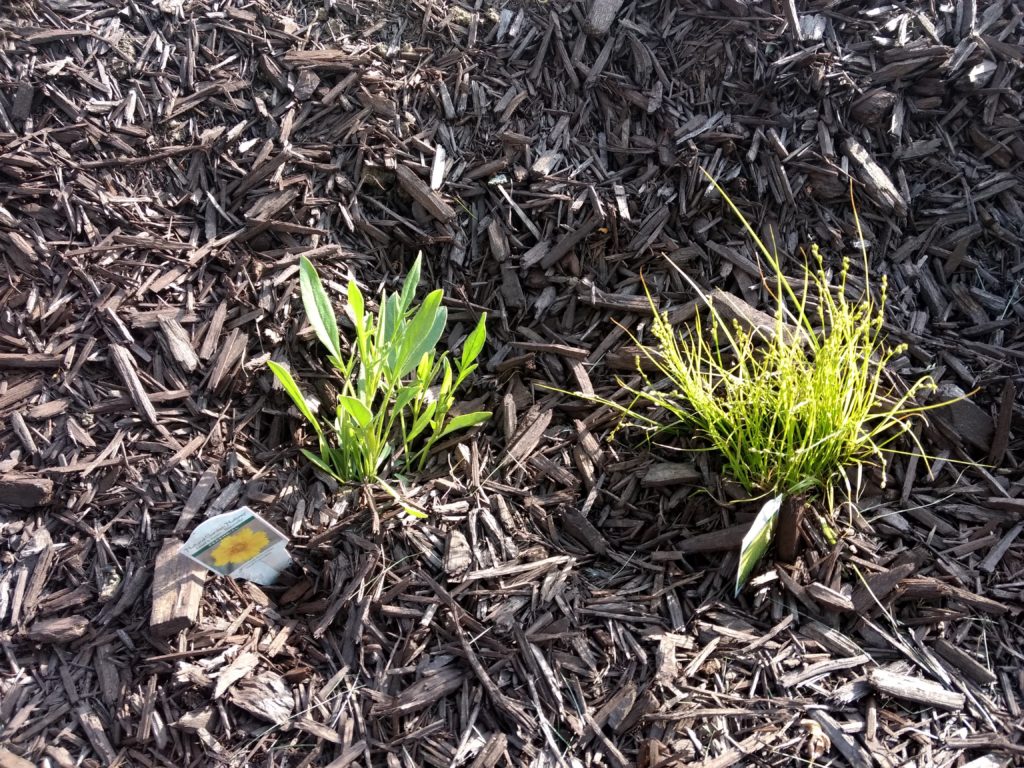
It’s possible that the time and money I put into the garden will have minimal direct benefit, then, but the value of the garden transcends its biology. It inspired me to learn more about the environment.
It’s inspired me to consider building a rain garden in my front yard so that water from my roof won’t go into the street. It’s helped me connect with a local garden shop and learn more about native plants.
I feel so good about this garden that I know having built it will lead me to do more for the environment around me. And that brings me peace.
Peace Out (and In),
Julie
Leave a Comment
Pingback: Creating a Rain Garden Part 2 – Peace Out and In on May 13, 2020
Pingback: Creating a Rain Garden Part 3 – Peace Out and In on May 13, 2020
Pingback: The Cost of a Rain Garden – Peace Out and In on May 13, 2020
Pingback: The Rain Garden’s Growing! – Peace Out and In on May 13, 2020

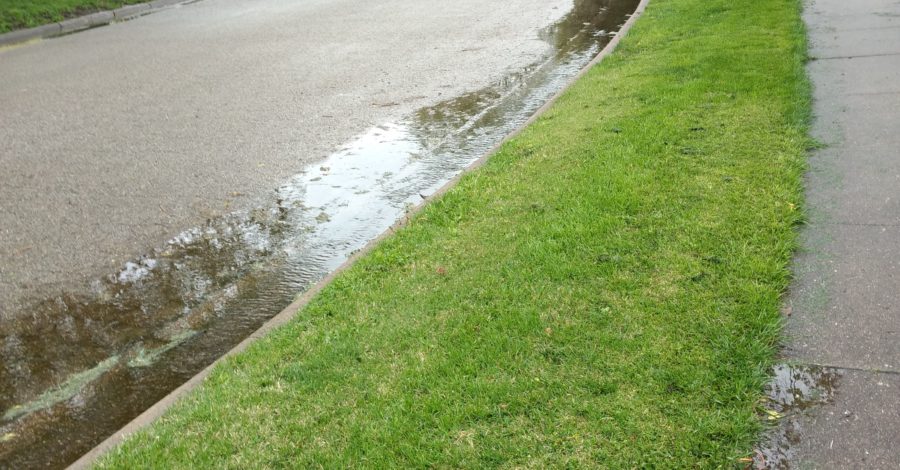
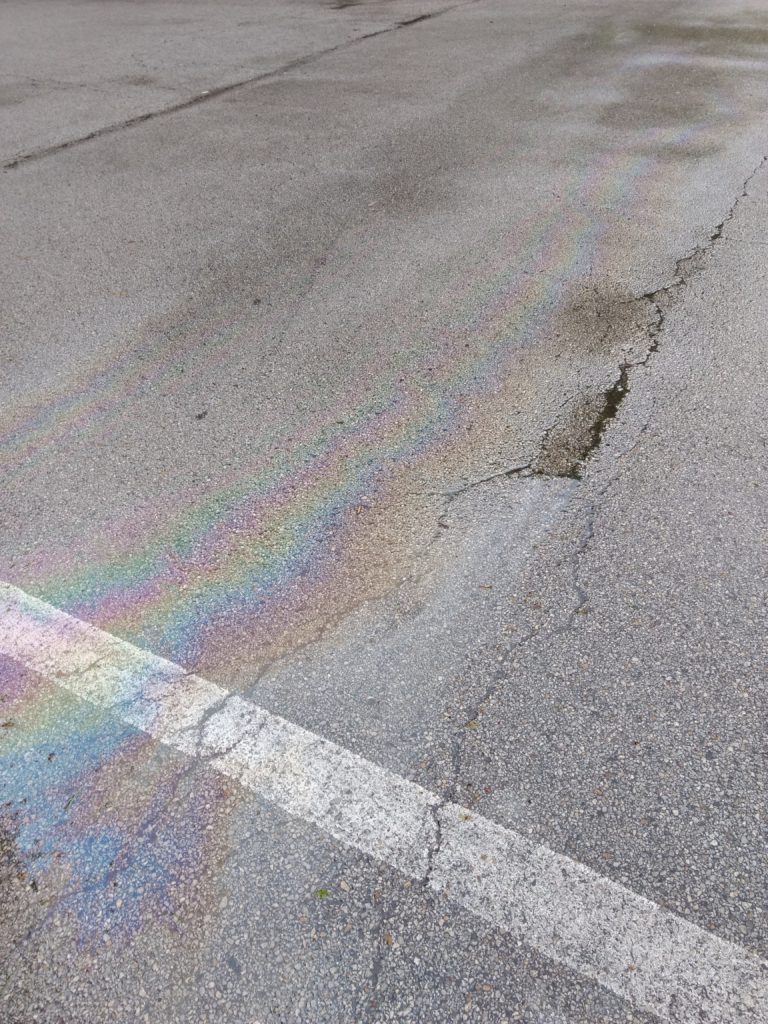
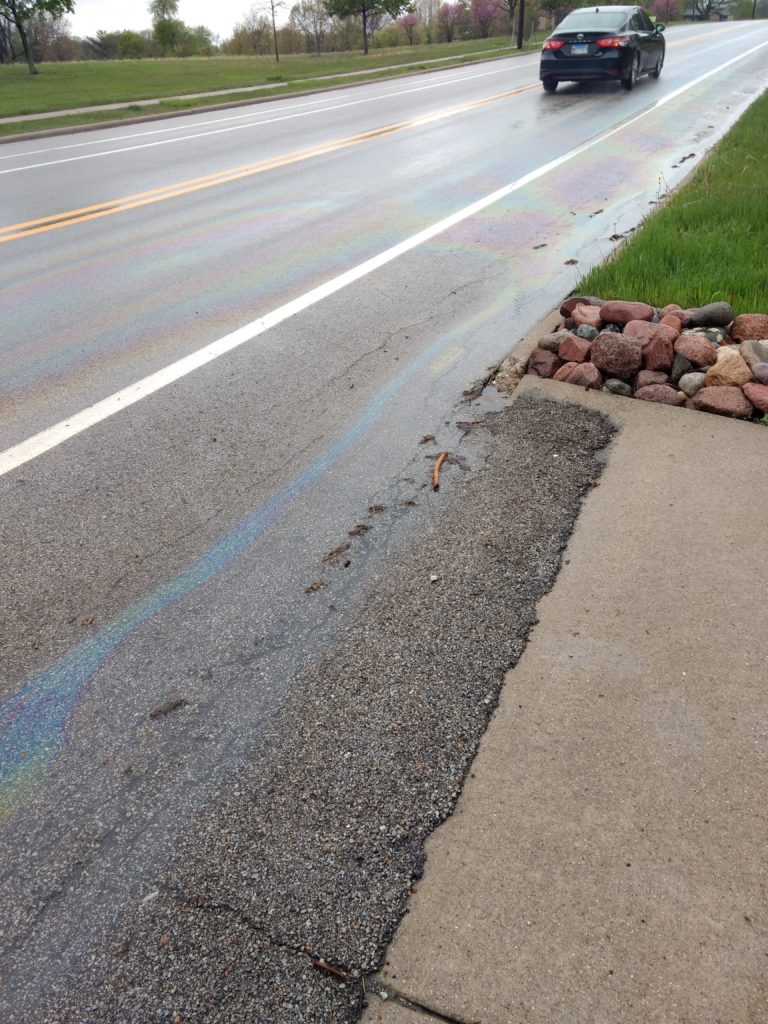
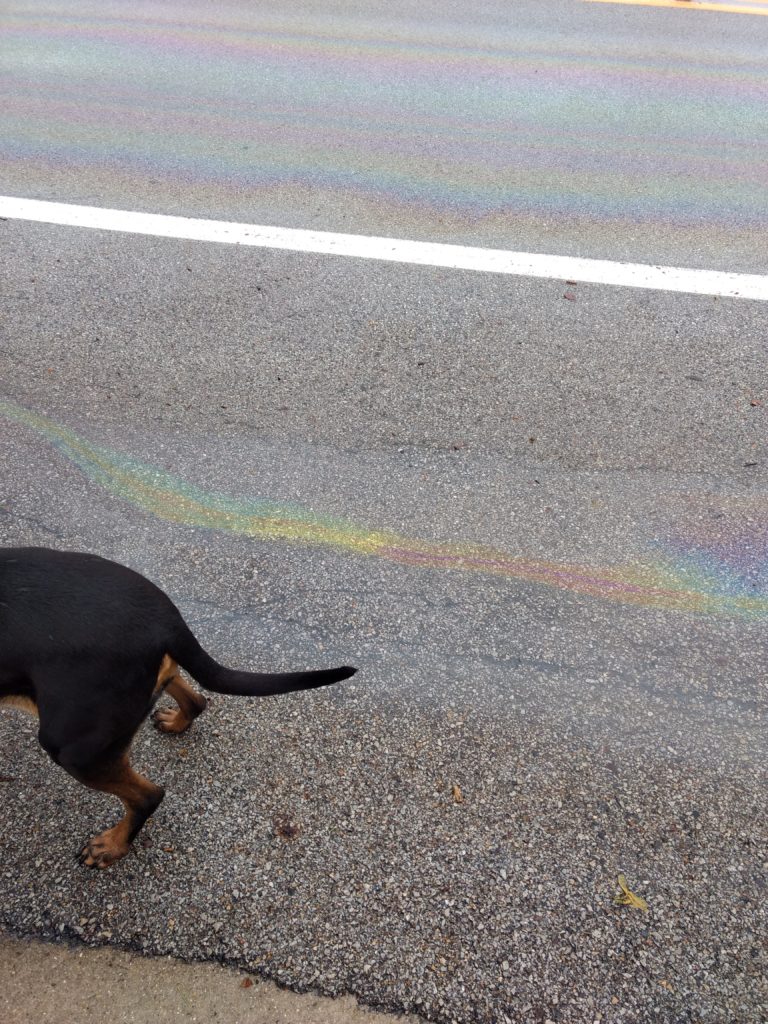
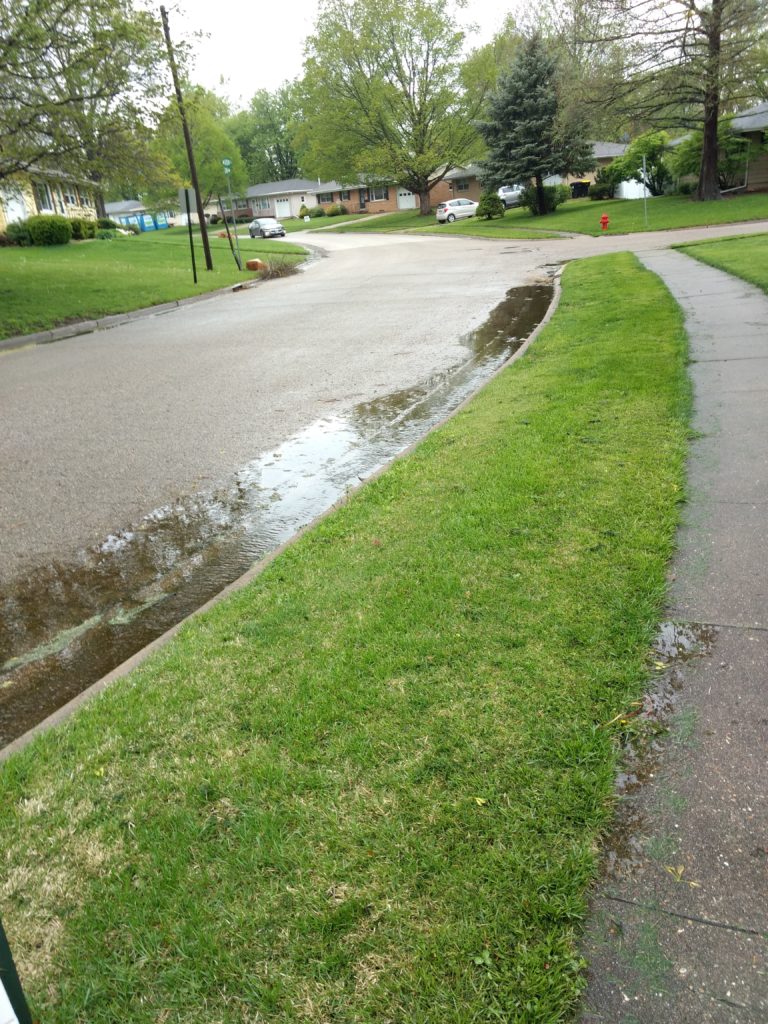

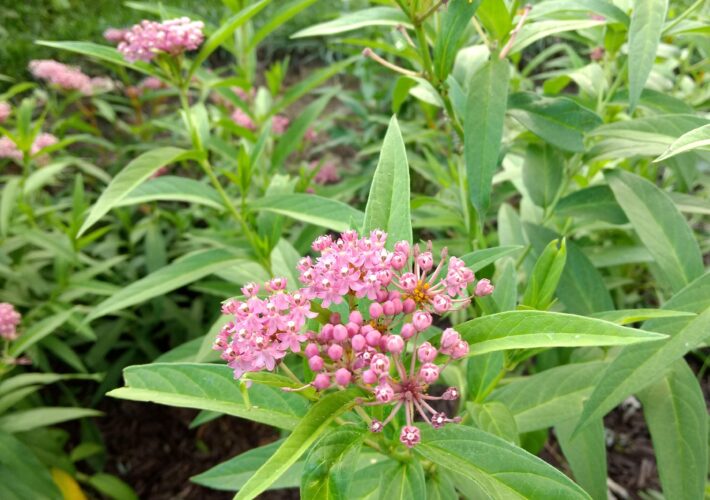
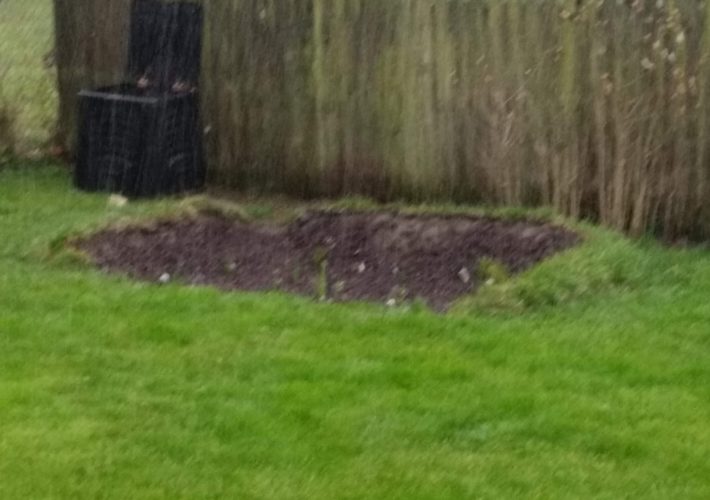
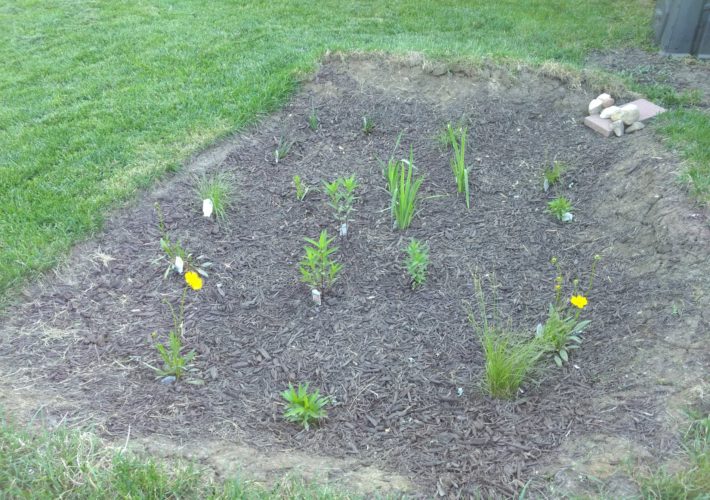
4 COMMENTS